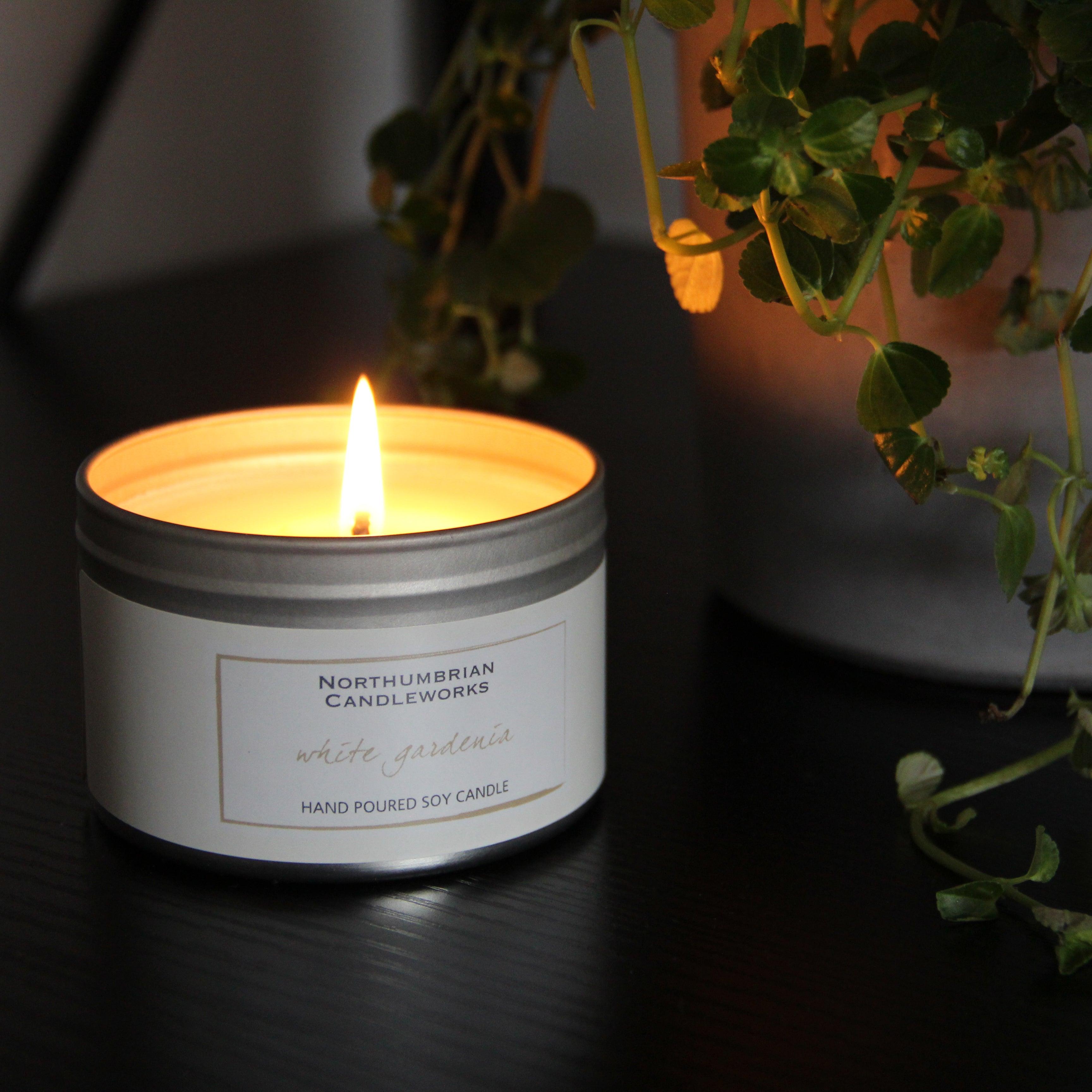Change Your Home with Eco-Friendly Soy Candles and Home Fragrance
Change Your Home with Eco-Friendly Soy Candles and Home Fragrance
Blog Article
From Wick to Wax: Comprehending the Chemistry Behind Soy Wax Candles and Their Environmental Influence
As we illuminate our spaces with the cozy glow of candles, there exists a world of detailed chemistry behind the apparently easy act of lighting a soy wax candle. Join us as we unravel the scientific complexities behind soy wax candle lights and explore their ramifications on our atmosphere.
Soy Wax Vs. Paraffin Wax
When contrasting soy wax and paraffin wax for candle light making, it is vital to comprehend the distinct qualities and advantages of each product. Soy wax is an all-natural, sustainable resource acquired from soybean oil, making it biodegradable and green - candles. On the other hand, paraffin wax is a by-product of petroleum refining, which increases issues regarding its ecological influence and sustainability
Soy wax candle lights burn cleaner and send out less soot compared to paraffin wax candles, making them a much healthier option for interior air quality. Additionally, soy wax has a lower melting factor, permitting for a longer-lasting candle light that disperses scent better. Paraffin wax, on the other hand, tends to burn faster and less cleanly, possibly releasing unsafe chemicals right into the air.
From a sustainability perspective, soy wax is preferred for its biodegradability and renewable sourcing, aligning with the expanding customer choice for environmentally conscious products. While paraffin wax has been a typical choice in candle making because of its price and simplicity of use, the change towards green alternatives like soy wax is gaining momentum in the industry.
Chemical Composition of Soy Wax

Combustion Refine in Soy Candles
The chemical composition of soy wax straight affects the combustion procedure in soy candles, affecting variables such as shed time, aroma launch, and environmental influence. When a soy candle is lit, the warmth from the fire thaws the wax near the wick.
The combustion performance of soy candles is influenced by the purity of the soy wax and the top quality of the wick. A clean-burning soy candle light with a correctly sized wick will certainly lessen and generate a steady flame soot development. This not only prolongs the look at more info melt time of the candle light yet also boosts the release of fragrances. In addition, soy wax candle lights have a lower ecological influence contrasted to paraffin candles because of their eco-friendly and eco-friendly nature.

Ecological Benefits of Soy Wax

Taken into consideration a sustainable option to typical paraffin wax, soy wax supplies notable ecological advantages that make it a company website prominent choice among eco-conscious customers. One substantial benefit of soy wax is its renewable sourcing. Soy wax is acquired from soybean oil, which is mostly grown in the United States. The growing of soybeans helps support neighborhood farmers and reduces the dependence on non-renewable nonrenewable fuel sources used in paraffin wax manufacturing. Additionally, Full Report soy wax is naturally degradable, indicating it breaks down normally without launching unsafe toxic substances right into the setting. This particular makes soy wax candle lights a much more environmentally pleasant alternative compared to paraffin wax candle lights, which are made from oil, a non-renewable resource. Soy wax burns cleaner and generates less soot than paraffin wax, adding to far better indoor air top quality and lowering the requirement for cleansing and upkeep. On the whole, the environmental benefits of soy wax straighten with the expanding need for environmentally friendly and sustainable products out there.
Recycling and Disposal Considerations
Recycling and correct disposal of soy wax candles play a crucial function in preserving environmental sustainability and lowering waste in families and communities. The initial step is to guarantee that the candle light has shed totally when it comes to reusing soy wax candle lights. This can be accomplished by enabling the candle to burn till the wick is no much longer usable, and afterwards letting the remaining wax cool and strengthen. Once the wax has actually strengthened, it can be very carefully removed from the container.

In terms of disposal, if recycling is not an option, soy wax candles are naturally degradable and can be safely dealt with in the majority of household waste systems. It is constantly recommended to inspect with neighborhood recycling facilities or waste management solutions for particular guidelines on candle light disposal to make sure appropriate handling and ecological protection.
Final Thought
In final thought, the chemistry behind soy wax candles reveals their ecological benefits over paraffin wax candles. Soy wax, derived from soybean oil, burns cleaner and produces much less residue when contrasted to paraffin wax.
When comparing soy wax and paraffin wax for candle production, it is necessary to understand the distinctive qualities and advantages of each product (home fragrance).Soy wax candles burn cleaner and produce much less residue contrasted to paraffin wax candles, making them a much healthier selection for indoor air quality.Taken into consideration a lasting choice to typical paraffin wax, soy wax supplies remarkable environmental benefits that make it a preferred option amongst eco-conscious consumers. Soy wax burns cleaner and generates less residue than paraffin wax, contributing to far better interior air quality and minimizing the demand for cleaning and maintenance.In conclusion, the chemistry behind soy wax candle lights exposes their environmental benefits over paraffin wax candle lights
Report this page